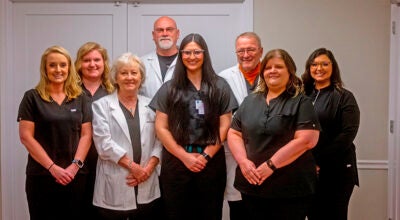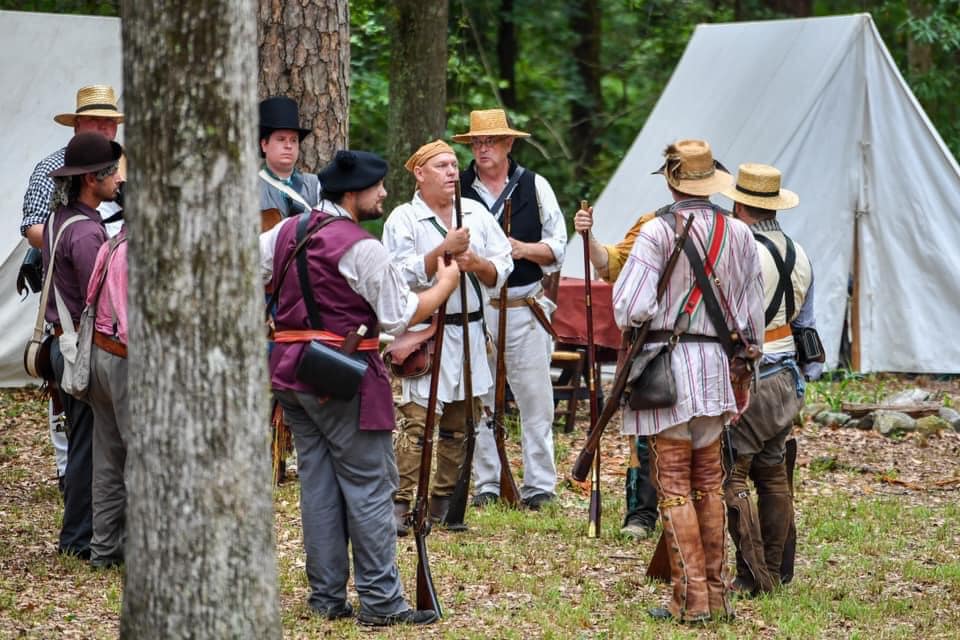Public hearing set for Feb. 26
Published 9:31 pm Wednesday, February 4, 2009
KENDRA MAJORS
City leaders are seeking public input on how to best alleviate overflow traffic around Troy University.
The Planning Commission will hold a public hearing Feb. 26 at the Troy Recreation Center to discuss the issue.
Larry Watts, a consultant helping to develop the city’s master plan, said the city needs to find ways to alleviate the traffic burden on George Wallace Drive.
“Our goal is to have better north to south circulation east of the university, as well as east of Highland Avenue and University Avenue,” Watts said.
Planners have suggested construction of a new connector road between Elm Street and U.S. 231. The road would be built east of Franklin Drive, perhaps connecting with U.S. 231 somewhere near Wal-Mart.
However, topography issues with the area could pose development problems, Watts said.
Other options include diverting traffic flow east-to-west by creating a through-street connecting Pell Avenue with Park, South Brundidge and Three Notch streets.
The issue with that plan is keeping traffic away from pedestrians in the University Avenue area.
Although the city does not have traffic flow numbers, Planner Calvin Lott said rerouting the flow is important.
University officials agree.
“From the university’s prospective, when we have large events on campus, it will help us with getting people off campus,” said Herb Reeves, Troy University dean of student services. Still, Reeves said he did not think a new connector would necessarily affect everyday flow of traffic, but will definitely help with athletic events and other large-scale events.
“At football games where we have a large crowd, we can only send traffic either north or south on George Wallace, and if (fans) take the north route, they have to circle around and get back on South Brundidge, which already has a lot of traffic flow, especially with it being only two lanes the majority of the way,” Reeves said. “We were supportive in the early part of the plan, and we were supportive of that recommendation,” he said.





